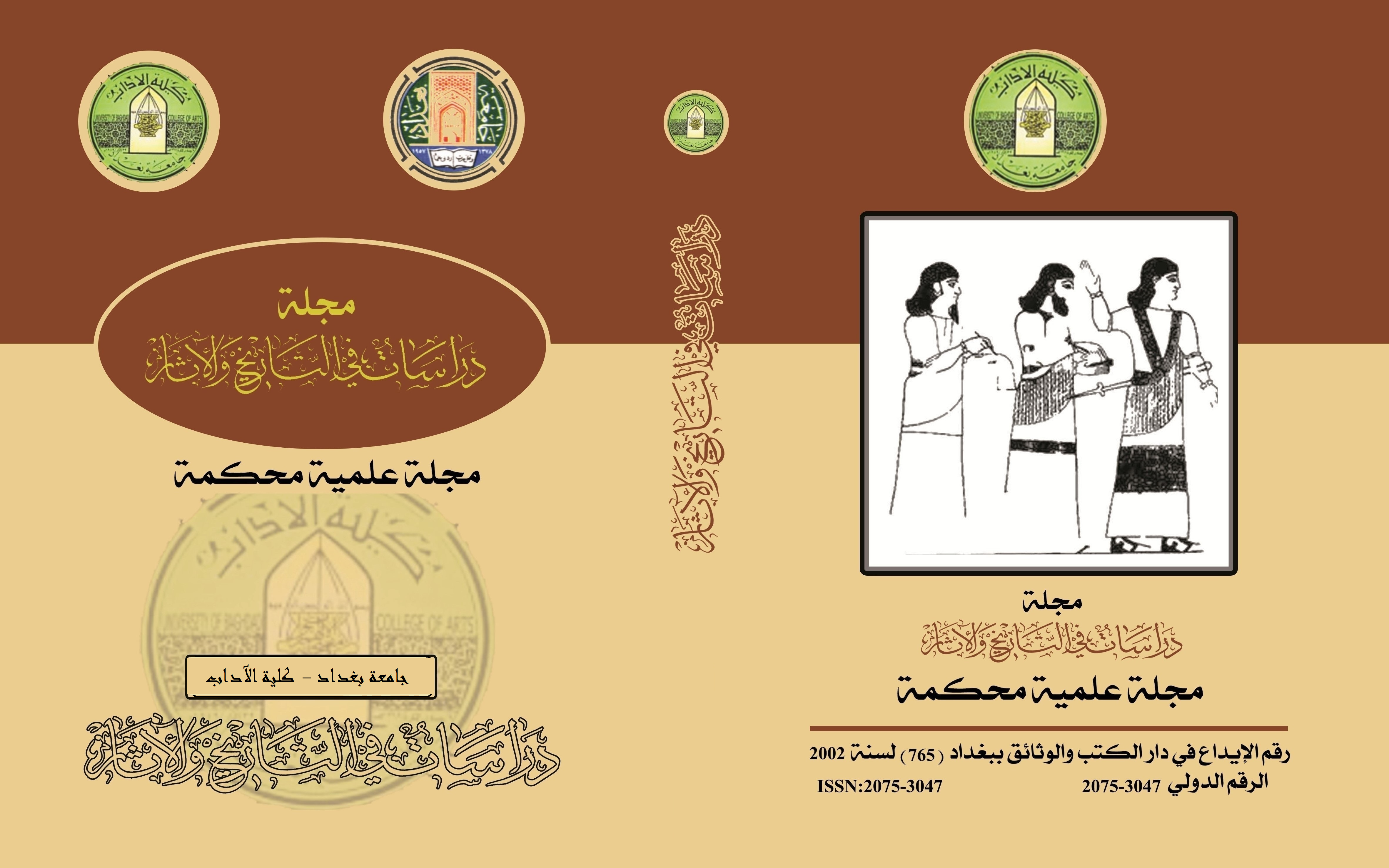الاصلاح الاقتصادي في عصر النبوة ( التكافل انموذجا)
الملخص
الخلاصة
لا يقتصر الشرع الإسلامي الحنيف على النواحي العقائدية و العبادة و الأخلاق بل هو منهاج حياة يشمل تنظيم النشاط السياسي و الإداري و الاقتصادي المجتمع وإذا كانت عبادة الله تعالى قد وضعت ووضحت الشريعة الإسلامية أصول و مبادئ النظام الاقتصادي واعطتها الاهتمام بكل التفصيلات أو التطبيقات و ذلك مراعاة لظروف المجتمع الإسلامي سواء تعلقت هذه الظروف بالتطور الزماني أو التغير المكاني باعتبار أن قواعد الشرع الحنيف مرنة تساير المكان و الزمان فيما لا نص فيه كما وضعت الشريعة القواعد والأصول المالية التي تنظم الموارد والنفقات والموازنة العامة التي تقوم عليها خطة الدولة الإسلامية من حيث النشاط الاقتصادي والاجتماعي وغيرها من الأنشطة والوظائف التي تقوم بها الدولة وتحتاج لمخصصات مالية إذ يعتبر النظام المالي انعكاسا صادقا لكل من النظام السياسي والاجتماعي والاقتصادي في المجتمع ، والنظام المالي في الإسلام له من الخصائص والصفات العامة ما تميزه بها عن غيره من النظم المالية الأخرى ، إذ أنه يعكس تأثير التعاليم الدينية على جميع المعاملات فيه ويوضح آثار انعكاس تلك التعاليم عليه الأمر الذي يوضح السبب الحقيقي في حدوث ذلك التقدم
التنزيلات
منشور
إصدار
القسم
الرخصة
الحقوق الفكرية (c) 2020 ا.م.د. ورقاء اكرم عباس

هذا العمل مرخص بموجب Creative Commons Attribution 4.0 International License.
:حقوق الطبع والنشر والترخيص
بالنسبة لجميع البحوث المنشورة في مجلة دراسات في التاريخ والآثار، يحتفظ الباحثون بحقوق النشر. يتم ترخيص البحوث بموجب ترخيص Creative Commons CC BY 4.0 المفتوح ، مما يعني أنه يجوز لأي شخص تنزيل البحث وقراءته مجانًا. بالإضافة إلى ذلك ، يجوز إعادة استخدام البحث واقتباسه شريطة أن يتم الاستشهاد المصدر المنشور الأصلي. تتيح هذه الشروط الاستخدام الأقصى لعمل الباحث وعرضه.
:إعادة إنتاج البحوث المنشورة من الناشرين الآخرين
من الضروري للغاية أن يحصل الباحثون على إذن لإعادة إنتاج أي بحث منشورة (أشكال أو مخططات أو جداول أو أي مقتطفات من نص) لا يدخل في نطاق الملكية العامة أو لا يملكون حقوق نشرها. يجب أن يطلب الباحثون إذنًا من مؤلف حقوق النشر (عادة ما يكون الناشر).
يطلب الإذن في الحالات التالية:
بحوثك الخاصة المنشورة من قِبل ناشرين آخرين ولم تحتفظ بحقوق النشر الخاصة بها.
مقتطفات كبيرة من بحوث أي شخص أو سلسلة من البحوث المنشورة.
استخدم الجداول والرسوم البيانية والمخططات والمخططات والأعمال الفنية إذا لم يتم التعديل عليها.
الصور الفوتوغرافية التي لا تملك حقوق لنشرها.
لا يطلب الإذن في الحالات التالية:
إعادة بناء الجدول الخاص بك مع البيانات المنشورة بالفعل في مكان آخر. يرجى ملاحظة أنه في هذه الحالة يجب عليك ذكر مصدر البيانات في شكل "بيانات من ..." أو "مقتبس من ...".
تعتبر عروض الأسعار القصيرة معقولة الاستخدام العادل ، وبالتالي لا تتطلب إذنًا.
الرسوم البيانية ، الرسوم البيانية ، المخططات ، الأعمال الفنية التي أعاد الباحث رسمها بالكامل والتي تم تغييرها بشكل ملحوظ إلى درجة لا تتطلب الاعتراف.
الحصول على إذن
لتجنب التأخير غير الضروري في عملية النشر ، يجب أن تبدأ في الحصول على أذونات في أقرب وقت ممكن. لا يمكن لمجلة الآداب نشر بحث مقتبس من منشورات أخرى دون إذن.
قد يمنحك مالك حقوق الطبع والنشر تعليمات بشأن شكل الإقرار الواجب اتباعه لتوثيق عمله ؛ بخلاف ذلك ، اتبع النمط: "مستنسخ بإذن من [المؤلف] ، [كتاب / المجلة] ؛ نشره [الناشر] ، [السنة]." في نهاية شرح الجدول ، الشكل أو المخطط.



















